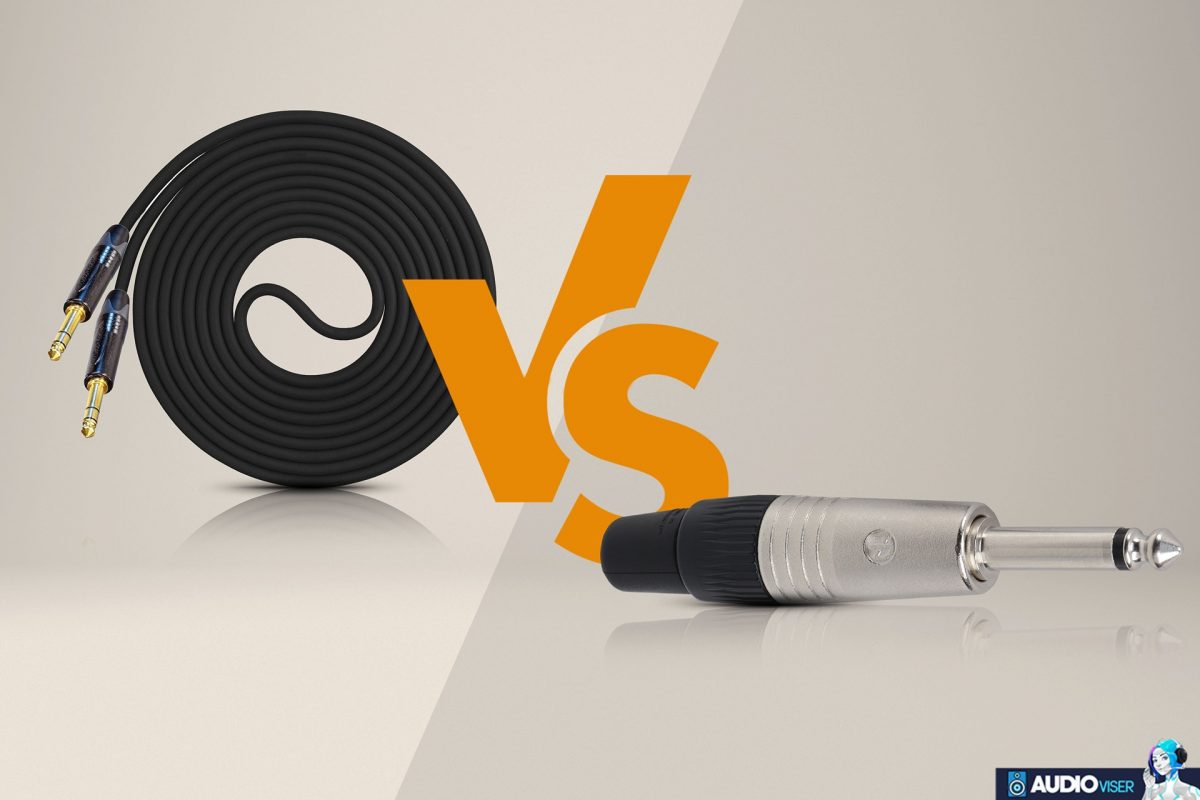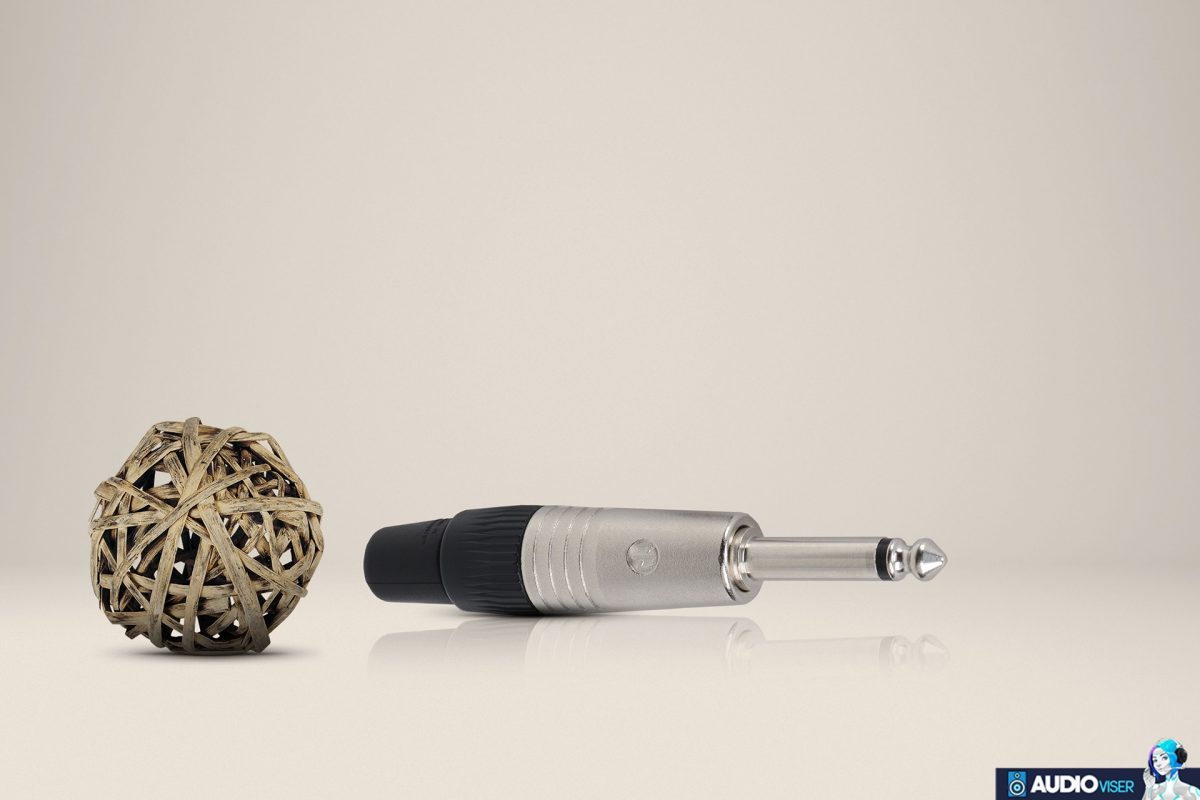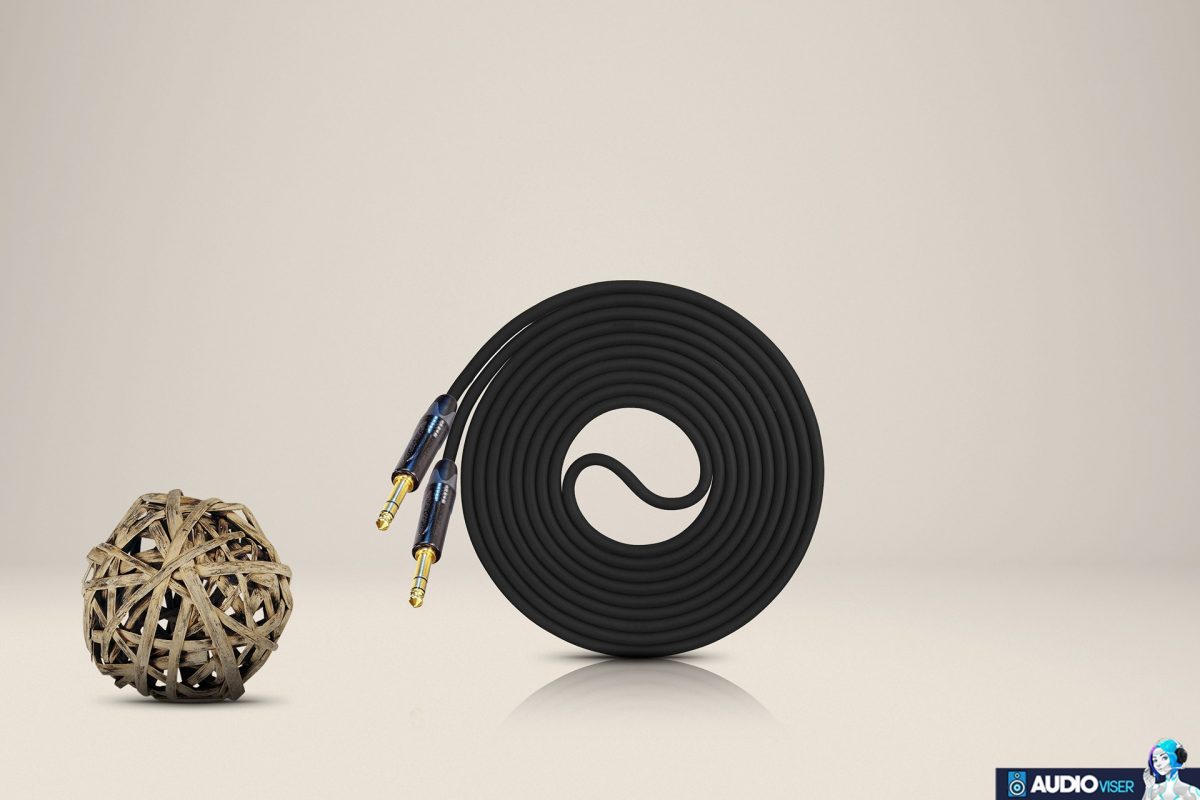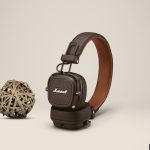
I am well aware that many people around the world have different ideas related to speakers, headphones, amplifiers, and many other devices that are related to the sound in general, but you may also know that all the devices that I mentioned and those that I don’t need cables to work properly and if you choose the wrong one, the devices are most likely to run down faster and not perform as they should.
There are many cables or connectors that you may have heard about, but still, the TS and TRS are quite famous names in the industry of sound and in sound devices in general. These cables, even though pretty similar in looks, they have a lot of differences if you guys think in a detailed form.
Well, basically the above-mentioned things are the topic of today’s article! Here, I will give you a detailed comparison between TS and TRS cables! “What are they? What are they used for? What are the similarities and the differences between them?” In order to answer these questions, you can stick until the end of this article!
Now, without saying anything more and tiring you from the beginning, let us get through TS and TRS cables, and see what they offer!
Types of Cables/Audio Signal
Before starting to tell you guys in detail about the particular TS and TRS cables, let me mention to you all the types of cables and audio signals that you can find in sound devices. They are as follows:
- TS
- TRS
- XLR
- Speakon
- Banana Plugs
- RCA
- MIDI
- S/PDIF
- USB
All the types of cables that you see above are the most commonly used ones in many speakers, amplifiers, audio signal interfaces, microphones, and many other devices that you might use while creating or producing sound.
Who Are TS and TRS Cables?
Now that I mentioned the most important cables and you have a better idea about them, let us go into detail and find out more about the first two ones, which are the TS and TRS cables.
TS Cable – What are they?

TS on these cables stand for Tip and Sleeve, and they are the types of cables that include only two contact points, just as said, the tip and the sleeve. These types of cables are known as unbalanced (unbalanced signals), which are made of two main wires, the ground one, and the signal wire. When it comes to the signal wire, just by its name it tells us that it delivers the signals from the ends of the cable, meanwhile, the ground wire is basically the reference point of the signals that are being delivered.
TS cables come in three main sizes and they include the 1/4 inch, 1/8 inch, and 1/16 inch.
TRS Cable – What are they?

TRS cables are different from the previously mentioned, as they own the Tip, the Ring, and the Sleeve. Taking the first letters you will notice that is where the name of TRS cables comes from. Anyways, differing from TS, the TRS cables are a balanced cable, and they imply three types of wires, two of them being signal ones, and the third one being a ground wire. The two signal wires pass and deliver specific signals, meanwhile, the ground wire’s job is to accept those signals.
TRS cables may carry mono and stereo signals from balanced cables.
Just like the previously mentioned cable, the TRS also comes in three sizes as they are 1/4 inch, 1/8 inch, and 1/16 inch.
Usage of TS and TRS Cables
Explaining what they are and how they come at you seems an easy thing to do, but there is something essential that should be mentioned about these two cables, and it is their usage! When to use one or the other? Let’s find out!
TS Cables
TS cables are cables that are most used for mono signals (mono cable), which come at us as unbalanced, just as the TS cable being unbalanced. These cables, the TS ones, mostly connect instruments such as bass guitars, normal guitars, and electronic keyboards. Basically, the TS cables use is more specific, and they are not the most versatile cables that you can find.
TRS Cables
When it comes to using TRS cables, you first should think about audio interfaces which are specific devices that send signals of sound to any other device, especially a computer. A TRS cable is mostly used in them because they need signals to be sent in the best way possible in order to make the job easier for you so that you can work properly. The TRS cables, being balanced, are able to bring the signals in a better way.
How to Notice a Cable? Is it TS or TRS?
As I mentioned at the beginning of this article, these two types of cables, TS and TRS, are quite similar when it comes to the looks, and it is not the easiest way to determine one from the other. However, there is a specific fine line that makes these two cables noticeable.
Whenever you have in hand both the cables, TS and TRS, in order to notice which one is what, you should consider looking to the ends that get connected to the devices. If there is one black line, it is a TS (the division being in the tip and the sleeve), and if there are two black lines, then it is a TRS cable (the lines separate the tip, ring, and the sleeve).
Final Verdict – Which One is Better?
There isn’t a specific fact that shows whether any of these two cables, TS and TRS, is better than the other! You should always know that it depends on what you need a cable for, and based on the things that I mentioned about their usage you can easily determine.
What should be mentioned here at the end of this article is that the TS and TRS cables are one of the most commonly used cables in sound devices, and they do their job in the greatest way possible!
I hope that this article will help you know more about TS and TRS cables in general! Have fun!
Further Reading
TS and TRS are connectivity things, that’s why I would advise you guys to check out the differences between 3.5 and 2.5mm jack in case you don’t know. Also, you can also find my article regarding USB vs. 3.5mm headsets and find out which one is better. Since I mentioned headsets, I would like to introduce to you some of the greatest headsets for Rainbow Six Siege!
Equipment Tester & Reviewer
I’m an unbiased audio equipment tester & reviewer, dedicated to keeping you up-to-date on the latest and greatest in audio gear.





